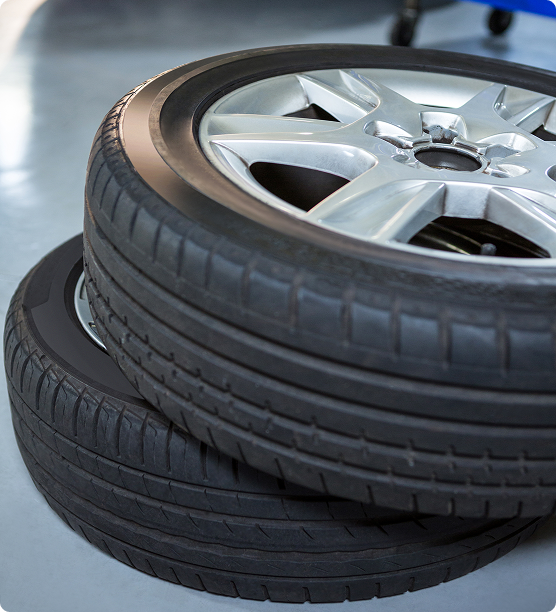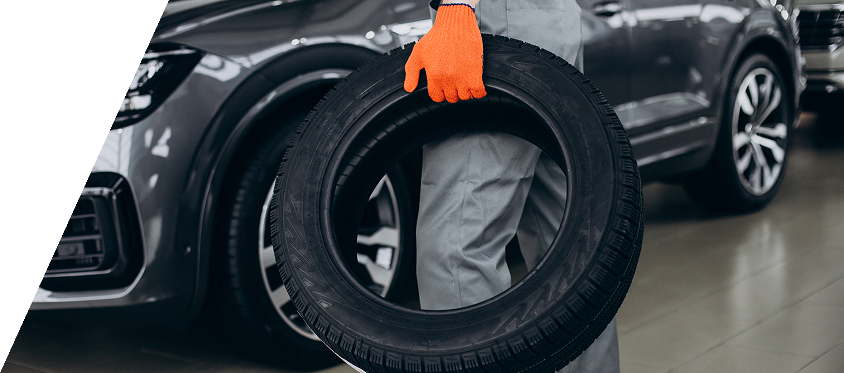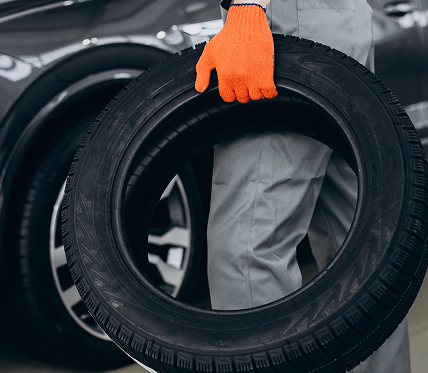Quality car tyres Perth drivers trust, with fitting, balancing, and alignment services in one place.







Beyond tread, tyre age and structural condition are critical. Rubber degrades over time, Westerly sun, heat, and UV exposure in Perth accelerate this. Professional advice typically recommends replacing tyres every 6–10 years, regardless of how much tread remains. Visible cracks, bulges, or sidewall damage are red flags for structural failure and increased blowout risk, tyres exhibiting these signs should be replaced immediately

Handles engine faults, performance issues, and warning lights with accurate diagnostics and repair, restoring power and efficiency.
Takes care of mechanical faults and complex vehicle issues, ensuring safe operation and long-term reliability.
Expertly inspects pads, discs, shocks, and struts to ensure optimal safety, stable handling, and long-term component reliability.
Quick and accurate tyre installation using modern equipment for correct seating, balanced fit, and safe road compatibility.
Get the right fit for your vehicle with our full tyre range. Full stock, professional fitment and expert advice for every make and model.


Tyre lifespan varies by compound, driving habits, and conditions. But it’s common for a set to last 40,000 to 60,000 km, or around 5 to 6 years, whichever comes first. Hot climates, rough roads, or aggressive driving can shorten that. Even unused tyres degrade with time due to heat and UV exposure.
You may just replace one tyre, but it’s safer to use the same brand and ensure all tyres have at least 3mm tread. Mismatched tyres can affect vehicle stability and drivetrain systems.
Sidewall codes show tyre width (mm), aspect ratio (height as % of width), and rim diameter (inches), plus construction type and load/speed ratings.
Yes, most petrol stations provide tyre air pumps, usually free. They are sufficient for standard car tyres’ pressure needs.
Good tyre life relies on consistent maintenance: correct tyre pressure, regular rotations (every 10,000–15,000 km), proper alignment, and avoiding overloading. Monthly inspections for wear, cracks, or embedded debris catch early issues. Smooth driving, avoiding harsh braking or aggressive cornering, also conserves tread.